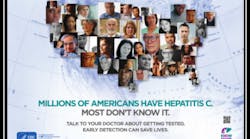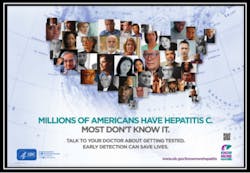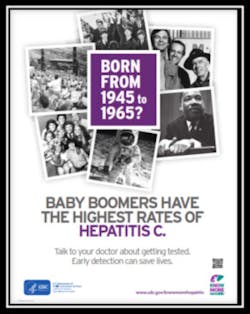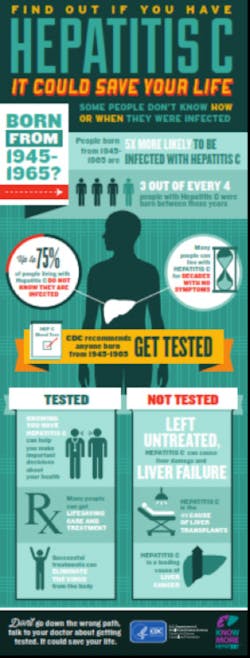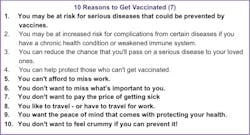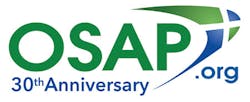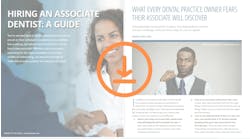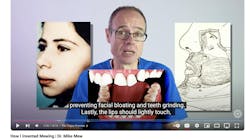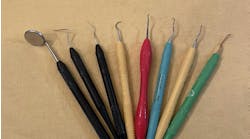A situation in an Oklahoma dental office in 2013 prompted officials to review the transmission of infectious diseases in health care facilities, such as dental offices. The incident above was the first documented case of patient-to-patient transmission of hepatitis C virus (HCV) in a dental setting in the United States.(2) Situations such as this emphasize the significance of following stringent infection control procedures in dental settings. The CDC recommends one-time screening of hepatitis C for all Baby Boomers, born between 1945 and 1965, even if they do not have symptoms of liver disease or feel sick.(3) Among former dental patients who were screened and newly identified as having hepatitis C, 56 percent were over the age of 50. Early identification and treatment of HCV is important to prevent liver damage, cirrhosis and even liver cancer and can prevent the further spread of disease.
Data are insufficient to estimate the occupational risk of HCV infection among HCP, but the majority of studies indicate the prevalence of HCV infection among dentists, surgeons, and hospital-based HCP is similar to that among the general population, approximately 1%-2%. In a study that evaluated risk factors for infection, a history of unintentional needlesticks was the only occupational risk factor independently associated with HCV infection.
No studies of transmission from HCV-infected DHCP to patients have been reported, and the risk for such transmission appears limited. Multiple reports have been published describing transmission from HCV-infected surgeons, which apparently occurred during performance of invasive procedures; the overall risk for infection averaged 0.17% (87-90).” There is no vaccine available for HCV.
The Organization for Safety, Asepsis and Prevention (OSAP), is a recognized authority of, and voice for ensuring safe, infection-free delivery of oral healthcare.(10) OSAP provides information to prevent or successfully manage regulatory and safety challenges and offers cost-effective educational programs. OSAP's has a vision of safe oral healthcare for people everywhere. There are numerous resources on the OSAP website, including articles, toolkits, breaking news, and other valuable information. Follow the CDC guidelines, and stay safe!
Kathy Eklund, RDH, MHP, serves on OSAP’s Executive Board of Directors and suggested that readers of RDH eVillage FOCUS consider participating in OSAP’s special symposium June 5-8 in Minneapolis. The agenda includes speakers from the CDC, as well as other national and international infection control experts who will address the most current information available on guidelines, regulations, practices and products. The symposium is especially targeted to hygienists and others who lecture, teach or write about infection control or who are responsible for this critical function in their facility.
Information on the symposium and other infection control resources on the website.(10)
